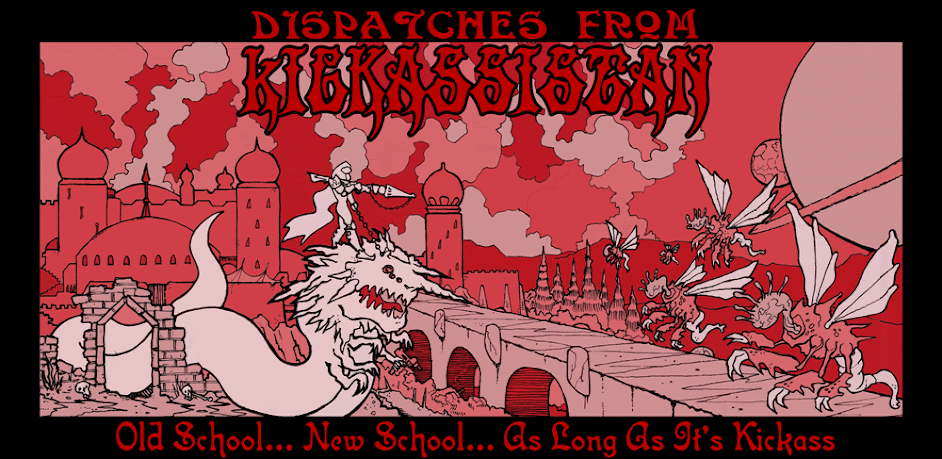An Echo, Resounding (hereafter AER) tackles the hexcrawl from the perspective of this tag system. The logic applied is largely: let's paint the setting with broad strokes and give brief descriptions to the big things in it, then we can discover the rest through play, translating the words that we've used to describe what we've encountered into gamable elements that we can interact with from a rules standpoint. Hmm. It should not be a surprise that I enjoy this approach.
Crawford spends a lot of his book talking about the Domain Management side of the game. For once, I'm not going to tread there, however much I want to. This series is about the hexcrawl itself, not the Domain Game, so I'm going to step off. Well, other than to say that I fucking love the way that Crawford handles the Domain Game and that if I weren't running ACKS as the engine of my current Domain-centric campaign, I'd totally be using at least parts of this one. There you go, we're done. On to the hexcrawl.
Crawford doesn't suggest any one method for generating your map, nor does he state that a hexmap is necessary. Rather, he suggests vague mappery that instead of focusing on particulars focuses on the board-strokes details: where are the towns? Where are the castles? Where are the major resources, dungeons and monster lairs? Crawford is focused less on the "how you get there" and more on the "what's at the end of the journey," which ties in more to his idea of the sandbox as a backdrop for domain play, and less into my own concept of the sandbox as an adventure opportunity in and of itself.
The big place where I see AER filling an important role is in the development of several key features of any given sandbox: the book includes a few different dimensions that your standard sandbox features -- towns, lairs, ruins, resources, etc. -- can be developed along, as well as the consequences of those developments. For example, a town might have been settled by xenophobes, and while that's not exactly the most socially desirable trait, it does have some benefit (specifically +2 Social using AER's Domain Management system) and that plays out in game terms. The town will also have an "activity" that generally describes the course that society is taking there, as well as an obstacle to overcome. Bam, you've got a nice sandbox location. This pattern is repeated for lairs, ruins and resources.
I'm especially keen on the inclusion of resources as a sandbox detail. It makes sense to me that there are things out there -- mines, forests, guano caves, whatever -- that confer some sort of benefit on their owner. It feels like a lot of other Domain Games either handwave these aspects or shoehorn them into another facet (I feel ACKS tends to abstract this to be part of a domain's Land Value), but I think they should be more important than they tend to be. If I want my vikings to build a bunch of fucking longboats, I'd better have access to a ton of lumber. It just makes sense. I like that Crawford makes simple things that make sense important in the game.
It's stuff like this -- easy, natural-language stuff that makes logically important details systematically important -- that really stand out in my brain as I start building a hexcrawl and they help drive the systems that I've put in place to help me do it.
